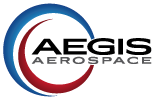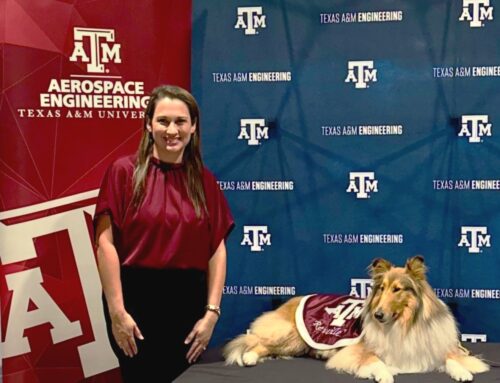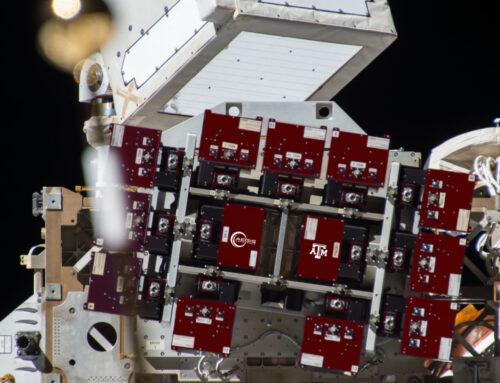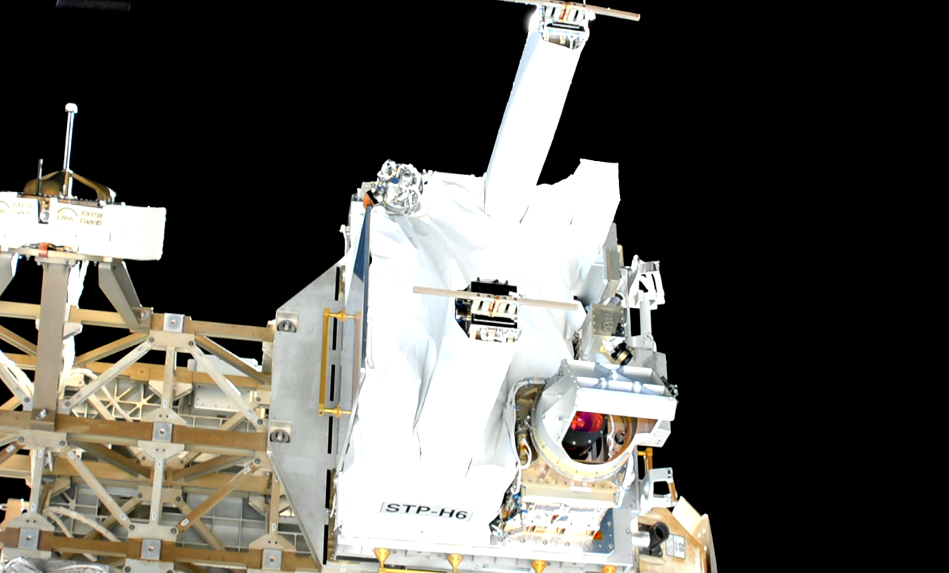
MEIT celebrates ISS-arrival of two company-supported payloads
Officials at MEI Technologies, Inc. (MEIT) have announced the successful arrival of two MEIT-supported payloads—the Space Test Program-Houston 6 (STP-H6) and the RED-EYE—brought to the International Space Station onboard the SpaceX-17 resupply vehicle. These two payloads represent the culmination of the efforts of the Space Test Program-, Aerospace Corporation- and MEIT-integrated teams to fly new technologies.
The STP-H6 payload, which is designed, built and integrated by MEIT includes multiple experiments from the U.S. Army, U.S. Air Force and U.S. Navy.
Experiments: The STP-H6-Spacecraft Supercomputing for Image and Video Processing (SSIVP) investigation evaluates new technology for space-based supercomputing; the STP-H6-integrated Miniature Electro-Static Analyzer (iMESA) characterizes natural disturbances in the local space environment; the STP-H6-Army Cost Efficient Spaceflight Research, Experiments, and Demonstrations (ACES RED) Attitude Determination and Control System (ADACS) Experiment 1 (ACES RED 1) is designed to improve nanosatellites position and attitude knowledge and control capabilities; the STP-H6-X-Ray Communication (XCOM) demonstrates a space communication and tracking system using a beam of modulated X-rays rather than radiowave frequencies traditionally used for communication; the STP-H6-Spacecraft PlasmA Diagnostic suitE (SPADE) investigation characterizes the space plasma environment and spacecraft charging; the STP-H6-Near InfraRed Airglow Camera (NIRAC) demonstrates using a near-infrared camera to make nighttime observations of airglow, the faint emission of light in the upper atmosphere; and the STP-H6-Navy Interferometric Star Tracker Experiment (NISTEx II) demonstrates technology that increases by 100 times the accuracy of star detection and direction measurements.
“MEIT is proud to have supported the DoD for over two decades by successfully integrating and launching over 320 payload and experiment packages,” stated MEIT CEO David Cazes. “It is a great honor, with the STP-H6, to fly experiments from three branches of our military at the same time – a true reflection of how we are all in this together.”
MEIT also led the safety effort to certify the RED-EYE that launched aboard SpX-17. This satellite will be deployed from the ISS later this year to demonstrate technologies which will increase the utility of low-cost microsatellites.
“Safety is critical in all we do, and we are very proud to have supported the safety effort on DARPA’s RED-EYE satellite,” stated Cazes.
MEIT is currently preparing the next round of experiments as part of the next generation of STP-H-series payloads, STP-H7 and STP-H8, scheduled to launch to and operate on the ISS. In addition to the H-series payloads, MEIT is also integrating a biological payload on SpX18 with an expected July 2019 launch date and is expecting to launch its first satellite bus late 2019.
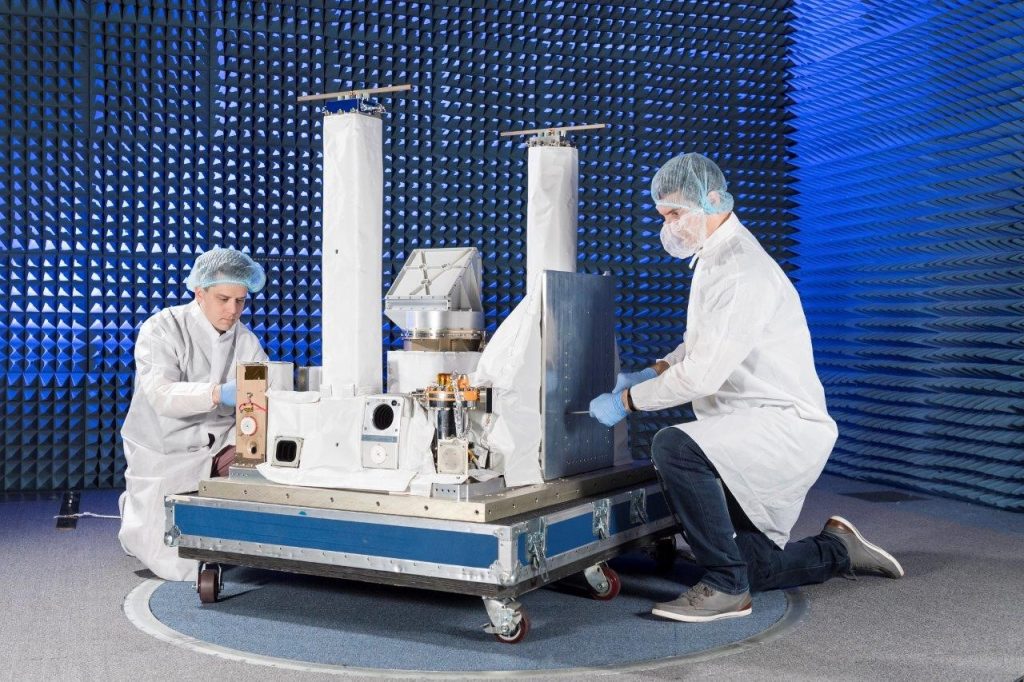
STP-H6 Pre-Launch Testing. Photo courtesy of STP. 
STP-H6 on the ISS. Photo courtesy of NASA.
